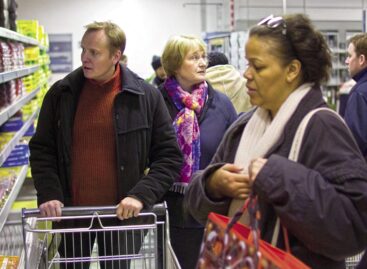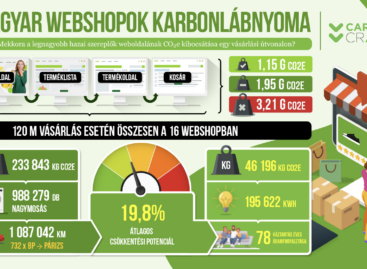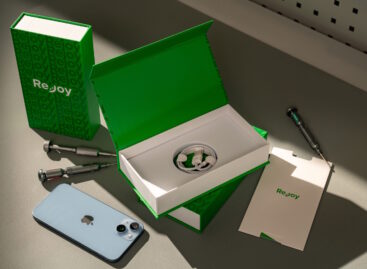More chances, less hassle: the recipe of a good promotion
Gábor Tolnai, head of marketing insight division at Kantar Hoffmann was one of the speakers at this year’s Day of Promotions.
This article is available for reading in Trade magazin 2025/6-7.

Gábor Tolnai
head of marketing
insight division
Kantar Hoffmann
He shared the results of a qualitative research on consumer attitudes. The study focused on the consumer evaluation of entries for the 2025 Promotion of the Year competition. Kantar Hoffmann conducted personal qualitative interviews in four focus groups to find out how promotions affect adults aged 23–55.
The gold standard: basic requirements in the eyes of consumers
According to Gábor Tolnai, based on the experiences from recent years, a level of consumer expectations has developed that can be called the “gold standard”. This is the minimum that a promotion must meet if it wishes to achieve widespread consumer acceptance. The first criterion is easy participation: the simpler it is to join, the greater the willingness to participate. The second expectation is a bigger chance of winning and multiple chances to win. The third pillar is a carefully structured prize pyramid, as consumers like to see what prizes await them at each level. In addition to the gold standard, so-called “promotional currencies” are also playing an important role – elements that aren’t basic requirements but significantly increase the acceptance and appeal of a promotion, e.g. maintaining playfulness and excitement.

There is also a gold standard in the world of promotions – a set of expectations that consumers believe every good activity should meet
Promotion inflation: when a million is no longer a lot of money
Owing to changes in the promotion market, it is no longer enough to simply promise “big things”. One of the notable findings of the research was that grand prizes of HUF 500,000 or even HUF 1m don’t automatically generate enthusiasm anymore. Those who wish to reach a bigger target group should offer prizes of greater value. However, consumers aren’t just looking for larger sums of money, but rather the experience, accessibility and personalisation. The research has shown that consumers like to connect emotionally with promotions. Lifestyle-related elements, for instance prizes that promote a sporty, healthy lifestyle also had a strong positive response. This year’s research emphasised the topic of health and it was particularly interesting that this topic resonated equally well across all age groups.

A well-structured prize pyramid – from the immediate reward experience to realistic grand prizes – is considered by consumers as a cornerstone of successful promotions
The promotion tariff: pitfalls to avoid
Gábor Tolnai used the concept of promotion tariff to describe the obstacles that reduce willingness to participate. One such obstacle is a complicated entry mechanism. Mandatory registration or lengthy data requests cause similar problems. Consumers are very sensitive about the handling of their personal data. Forcing social media activity, such as posting on the brand page, often provokes resistance rather than commitment. Most people don’t want to appear in public and appreciate it when participation isn’t tied to his. The presentation clearly highlighted that successful promotions are no longer just about the size of the prize: easy participation, realistic chances, mechanisms that deliver an experience, emotional connection and health consciousness are all success factors. //

The pressure to post discourages many – social activity is now often more of a barrier than an incentive
Related news
What makes a good advertisement today?
🎧 Hallgasd a cikket: Lejátszás Szünet Folytatás Leállítás Nyelv: Auto…
Read more >No promotions, no shopping
🎧 Hallgasd a cikket: Lejátszás Szünet Folytatás Leállítás Nyelv: Auto…
Read more >Related news
Investment dumping is coming in the food industry
🎧 Hallgasd a cikket: Lejátszás Szünet Folytatás Leállítás Nyelv: Auto…
Read more >It turns out which online food ordering platform websites are the most sustainable
🎧 Hallgasd a cikket: Lejátszás Szünet Folytatás Leállítás Nyelv: Auto…
Read more >Customers are also looking for the record-breaking iPhones in refurbished versions
🎧 Hallgasd a cikket: Lejátszás Szünet Folytatás Leállítás Nyelv: Auto…
Read more >







